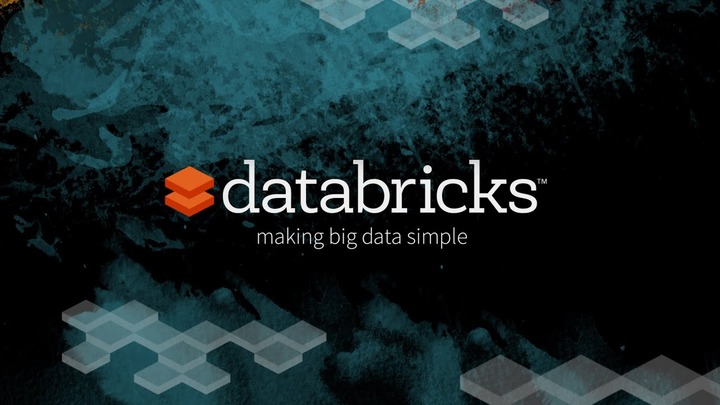Will AI Take Over The World?
In recent years, the rise of artificial intelligence (AI) has sparked debates and concerns about its potential to take over the world. With science fiction movies and novels portraying dystopian scenarios, it’s natural to wonder if it will surpass human intelligence and seize control.
In this blog post, we will examine the topic of AI takeover, exploring the current state of the technology, its limitations, and the ethical safeguards in place, ultimately separating the facts from the fiction.

While it has made significant advancements, particularly in narrow domains, we are still far from witnessing a true AI takeover. AI systems excel in tasks such as image recognition, language processing, and decision-making within predefined parameters.
Also Read: Why does the US want to ban TikTok?
However, they lack the capability for general intelligence, which encompasses adaptability, abstract reasoning, and consciousness. AI is designed to augment human capabilities rather than replace them, offering valuable tools for various industries.
AI systems have inherent limitations that prevent them from taking over the world. One major constraint is that artificial intelligence algorithms are created and trained by humans, and their behavior is dictated by the data they are exposed to. They are essential tools created to assist humans in solving complex problems, relying on human oversight and intervention.
Furthermore, AI lacks certain human traits like emotions, empathy, and intuition, which are crucial for understanding complex social dynamics and making ethical judgments. Without these qualities, artificial intelligence systems are limited in their ability to fully comprehend and respond to the complexities of the real world.
To address concerns related to AI’s potential misuse, the development and deployment of AI systems are governed by ethical frameworks and regulations. Organizations and researchers are increasingly emphasizing the importance of responsible AI practices.
Initiatives such as explainable AI, fairness in algorithms, and transparency are being promoted to ensure AI systems operate in a trustworthy manner. Additionally, policymakers and experts are working towards establishing legal frameworks that address AI’s impact on society.
Regulations are being implemented to safeguard privacy, prevent discrimination, and maintain human control over critical decisions. These measures aim to ensure that artificial intelligence technologies are developed and used for the benefit of humanity, with human values and ethics at their core.
Also Read: Why Is Minecraft Server Mineplex Shutting Down?
Fears of a takeover are largely rooted in science fiction rather than reality. While the technology has demonstrated remarkable capabilities in specific domains, it lacks the fundamental qualities required for world domination.
The implementation of ethical safeguards and the focus on responsible artificial intelligence development will continue to ensure that AI remains a valuable tool in our hands, rather than a threat to humanity.

I am a law graduate from NLU Lucknow. I have a flair for creative writing and hence in my free time work as a freelance content writer.








